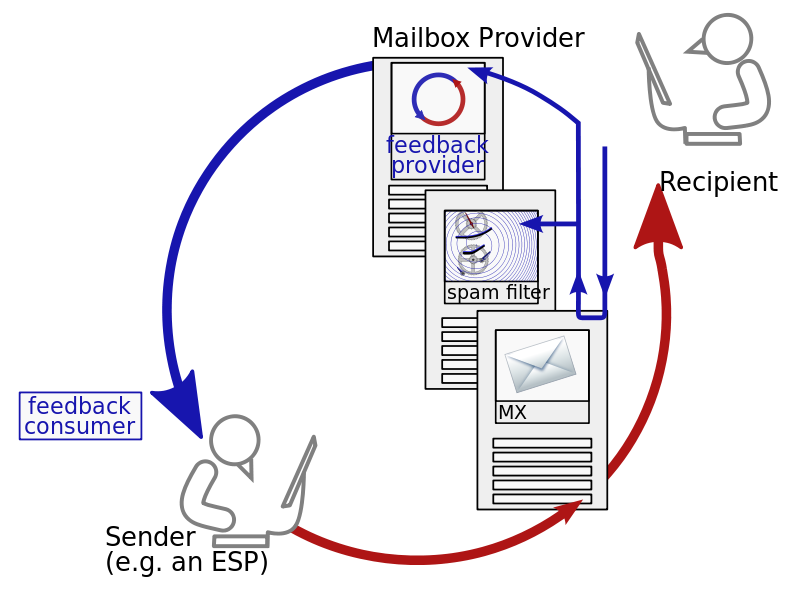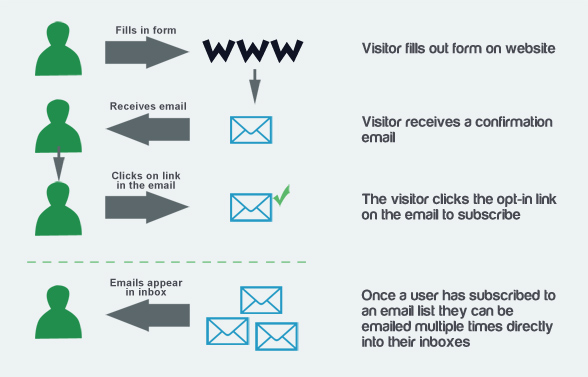Lesson 7, Feedback Loops (FBLs)
More often or not, we complain if we receive unsolicited emails. We can complain in many forms.
Typically with emails we’d hit the ‘spam’ button and let that manage itself, we may even delete the emails or unsubscribe manually, although that is a labourios task, as even the best filters let spam get through. So we’d simply be wasting time by doing this.
Thats where feedback loops come into play, also known as an ‘FBL’ these are used to process user complaints.
What is a feedback loop?
A feedback loop in email form is a process of managing complaints from mailing list members or ISP users, inbetween ISP and ESP, or any source who has enrolled into a feedback loop. See more information here.






